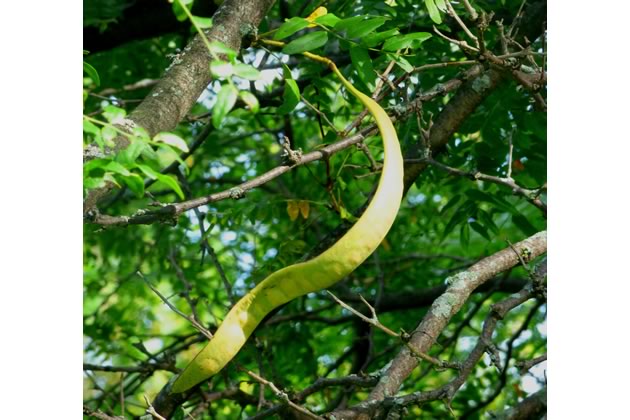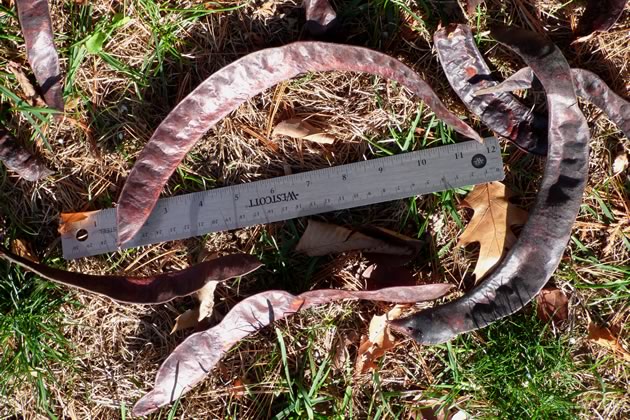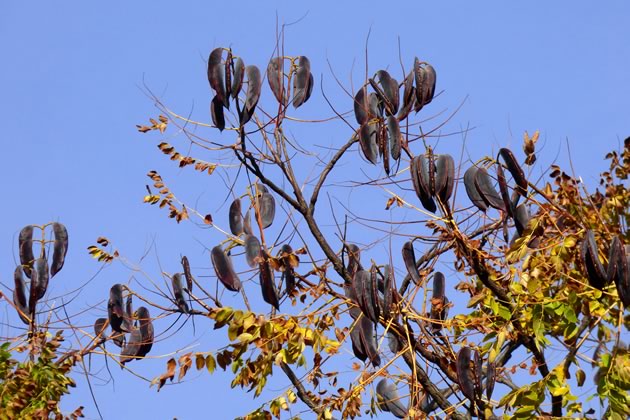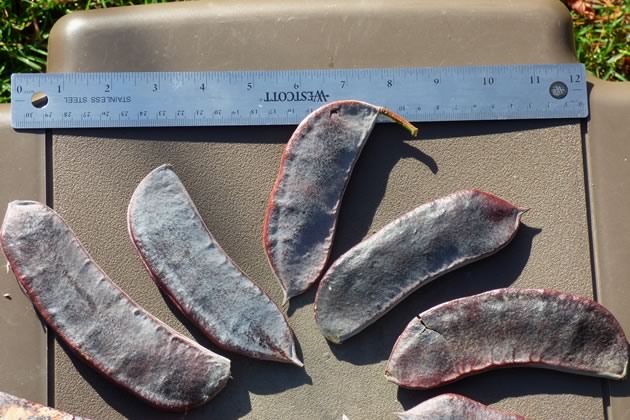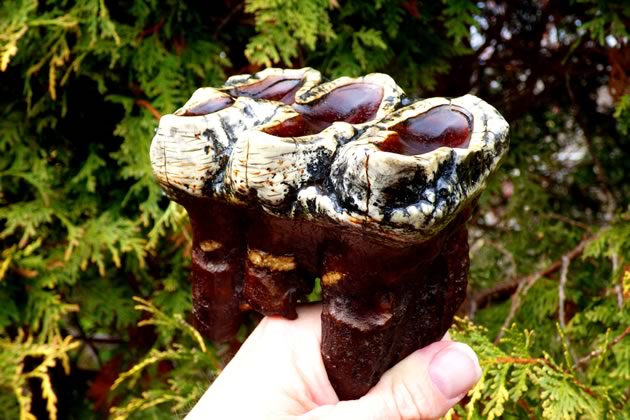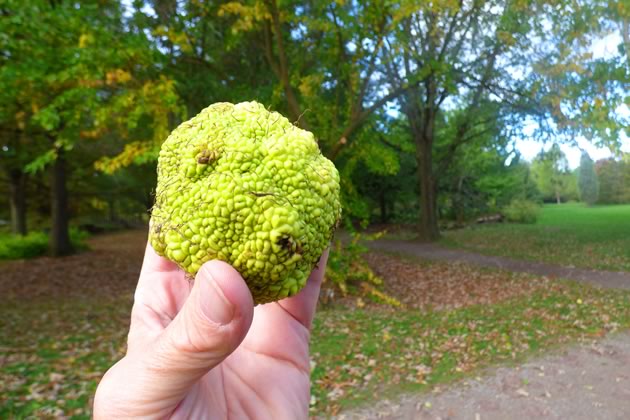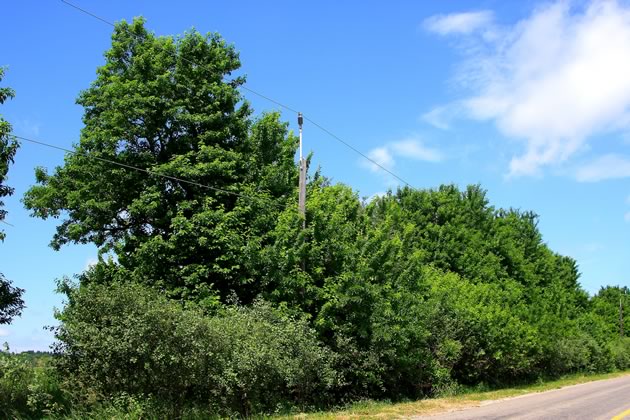Mastodon Food
Mastodons fed largely on the twigs and branches of trees but undoubtedly enjoyed fruit as well.
North America’s plains and forests once reverberated with the trumpeting of elephants. Woolly mammoths, colossal beasts that lived primarily in open grassland habitats, and mastodons, low-slung forest behemoths, were two common elephant species.
Thousands of years after the disappearance of these prehistoric elephants, there may still be trees that rue their passing.
Mastodons fed largely on the twigs and branches of trees but undoubtedly enjoyed fruit as well. A fruit is a tasty package that exists for one vital purpose – to get the seeds of its parent plant into the digestive tracts of birds and animals.
Rather than damaging the seeds, stomach acids soften their hard coats, readying them for germination. With luck, they are transported, via wings or legs, a distance away from the parent plant. And then excreted, happily embedded in a dollop (or steaming mound, if deposited by a mastodon!) of rich manure. A fine strategy for plant species to go forth and multiply.
Osage Orange
Unless, of course, your chosen seed dispersers go extinct. According to Connie Barlow in her fascinating book The Ghosts of Evolution, Kentucky coffee tree, honey locust and Osage orange are three tree species that may have depended on mastodons to eat their fruit and disperse their seeds. If so, with mastodons gone, their ability to colonize new territory is now limited.
These tree species are perfectly hardy here, but the nearest any of them grow naturally, is hundreds of kilometres to the southwest. It is fascinating to speculate that this is because mastodons didn’t survive long enough to bring them here after the last ice age.
Luckily for Osage orange, Kentucky coffee trees and honey locust, people now move them around, even as they continue to offer fruit to herds of hairy giants that no longer exist.
Related Stories
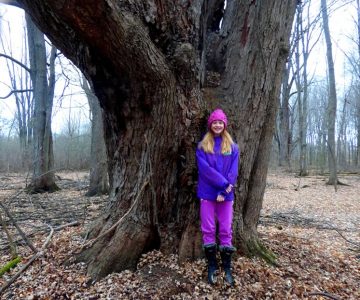
A Headwaters’ Giant
Dec 5, 2017 | | Notes from the WildDo you know of a bigger tree in the Headwaters Region?
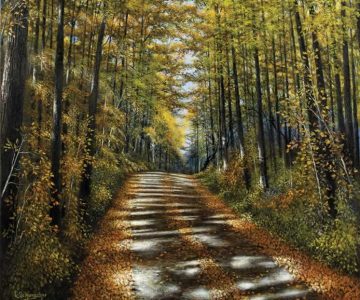
Meetings with Remarkable Trees
Sep 9, 2011 | | EnvironmentWe revel in their beauty, relax in their shade and are calmed by the soothing sound of their leaves soughing in the wind.

